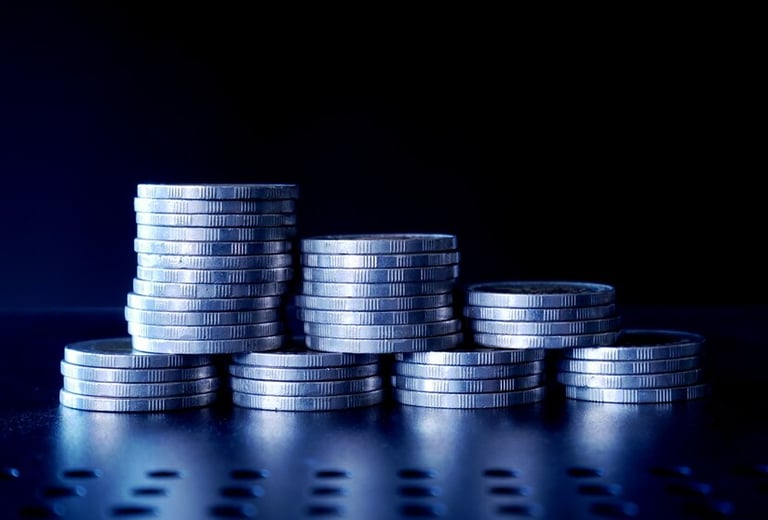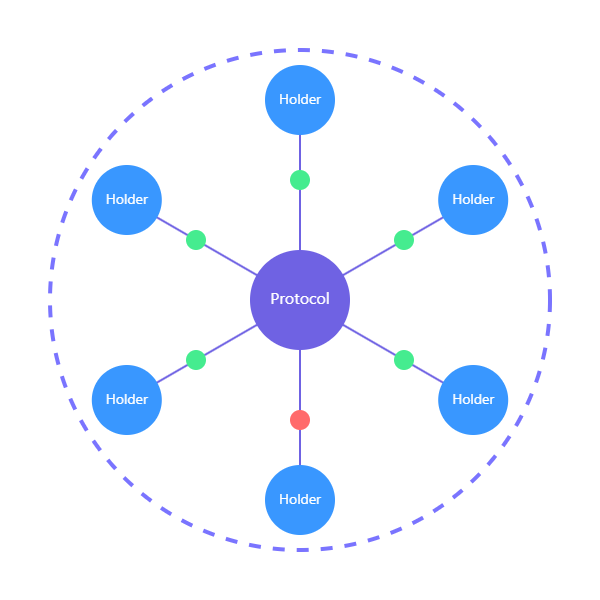Qureal: Quantum-Resistant Blockchain
Merging treasury-backed tokenomics with post-quantum security for the next evolution of decentralized finance
About Qureal
Qureal (QRA) is an advanced quantum-resistant cryptocurrency, designed to merge the stability of traditional finance with decentralized innovation in the quantum era, creating a secure foundation for the future of digital value.
Quantum Resistance
Built on NIST-standard post-quantum cryptographic algorithms, ensuring security against quantum attacks
Economic Sustainability
Treasury-backed model with 2% APY staking and deflationary token mechanism
Interoperability
Seamless bridges to Ethereum L2, Solana Pay, and XRP Ledger ecosystems
DAO Governance
Community-driven decision making with transparent voting mechanisms
Bitcoin Reserve
Triambus Foundation has allocated a $10 billion Bitcoin reserve along with its existing $50 billion equity-backed reserve
Ethereum Reserve
Triambus Foundation has allocated a $1 billion Ethereum reserve
Economic Model and Tokenomics
Qureal's economic design balances staking rewards, deflationary mechanisms, and treasury growth.
Initial QRA supply distribution (369 Million coins)


Public Distribution: 55%
Treasury Reserve: 20%
Team and Advisors: 10%
Ecosystem and Community: 10%
Foundation/DAO Reserve: 5%




Treasury Profit Distribution
The treasury profits are calculated semi-annually and are divided as follows:
Staking Requirement: 1,000 QRA (minimum)
Staking Rewards: 2% APY
Deflationary Mechanism: Daily burn of 7,000 QRA coins
Key Tokenomics Metrics
QRA Holders: 50%
Liquidity Expansion: 20%
Operational Cost: 20%
Reinvestment: 10%
The model is structured to balance controlled inflation from staking rewards with deflationary pressure from scheduled token burns, all underpinned by a $50 billion treasury generating real world returns.
Governance & DAO
Qureal is governed by its community through a transparent and democratic on-chain voting system.
Proposal Submission
Submit proposals with a minimum threshold of twenty thousand QRA coins.
Voting Period
5-day voting period with one-coin-one-vote mechanics.
Implementation
Proposals require 70% supermajority for approval and implementation.
Democratic Decision Making





Qureal is governed in a fully decentralized manner through an on-chain Decentralized Autonomous Organization (DAO) that empowers QRA token holders to direct the evolution of the platform. This governance framework ensures that critical decisions—ranging from treasury allocations and token burn rates to adjustments of staking rewards—are determined by the community.
Although Qureal is built as a permissionless network, its design includes mechanisms for self regulation:
Transparency: All security related transactions (such as slashing events, token burns, and critical governance votes) are recorded on-chain and publicly auditable.
DAO Oversight: The Qureal DAO holds the authority to adjust system parameters (like slashing rates or fee structures) in response to new threats. This enables the community to enact protocol upgrades rapidly if security vulnerabilities are discovered.
Emergency Response: In the event of a detected vulnerability, a multisignature emergency committee—elected through the DAO—can pause protocol operations via an on chain mechanism to mitigate any ongoing attack. Such actions are logged and require subsequent community ratification.


Roadmap & Upcoming Features
July 2026
Coin Launch with PoS mechanism
Qureal (QRA) will be launched in July 2026 with the implementation of 2% staking rewards.
Feb 2027 (7 months post launch)
Deflationary Mechanism
7,000 QRA will be burned everyday to enhance scarcity, stabilize coin value and ensure sustainable growth.
Q4 2028
Quantum‑Native Features and Advanced Interoperability
Initiate Quantum AI research to develop AI‑driven on‑chain treasury management and predictive analytics for consensus optimization.
Q4 2030
Native Quantum-Resistant Layer 1
Transition to a fully native quantum-resistant Layer 1 blockchain architecture.
Implement quantum key distribution (QKD) between validator nodes to ensure unbreakable encryption for inter-node communication.
